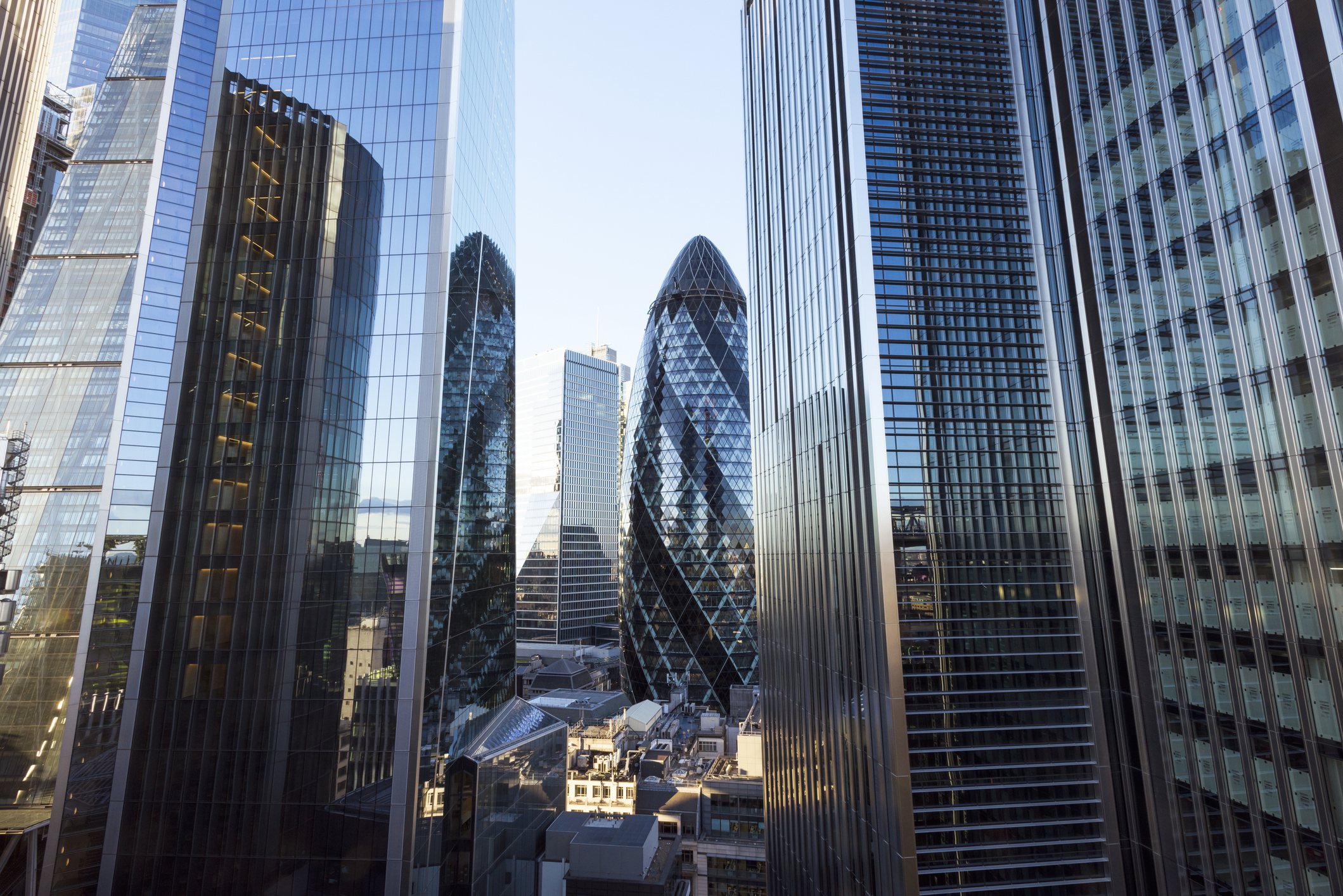UK economy grew faster than expected in May
The latest economic growth data paints a promising picture, with GDP coming in higher than expected in May. What does it mean for interest rates?


After stalling in April, the UK economy grew 0.4% in May. This was double the rate economists were expecting, based on a poll from Reuters.
On a three-month basis, the economy grew 0.9% – the strongest figure since January 2022. The latest figures were released by the Office for National Statistics (ONS) this morning.
The services sector was the main area driving growth, up 0.3% on a monthly basis and 1.1% on a three-month basis.
MoneyWeek
Subscribe to MoneyWeek today and get your first six magazine issues absolutely FREE

Sign up to Money Morning
Don't miss the latest investment and personal finances news, market analysis, plus money-saving tips with our free twice-daily newsletter
Don't miss the latest investment and personal finances news, market analysis, plus money-saving tips with our free twice-daily newsletter
Production and construction output also grew on a monthly basis (0.2% and 1.9% respectively). However, production was flat on a three-month basis while construction output fell by 0.7%.
The ONS suggests the mixed construction data can partly be explained by the changeable weather we experienced this spring, with a wet April followed by a warm May.
If Prime Minister Keir Starmer was already on a high after last week’s election win, it’s likely these figures will have lifted his mood further. The new government has promised to deliver economic growth, and the latest figures could suggest the tide is turning in its favour.
Don’t be fooled – there is still work to do to make the UK economy less sluggish, such as boosting investment and getting more people into work. However, inflation is now back to target and the Bank of England looks like it could be on the cusp of cutting interest rates.
Once rates are cut, we could see growth accelerate further as mortgage and debt repayments become less burdensome and the pressures on consumers and businesses ease.
The new government has a big job ahead, and will be happy to ride any tailwinds it can catch. We look at what's next for the UK economy.
Is the UK economy on a path to growth?
While the latest figures are a step in the right direction, Rob Morgan, chief investment analyst at Charles Stanley, warns onlookers not to get carried away.
“The UK’s economic scorecard shows significant room for improvement under the incoming Labour government,” he says. “The UK economy has been subdued coming out of the pandemic, an energy crisis, and a cost-of-living crisis which has been very difficult for UK consumers.”
Despite this, Morgan acknowledges that “tepid growth now looks to be warming up heading into the second half of the year”. He also points out that first-quarter GDP was better than previously expected, having been revised up to 0.7% (from 0.6%) following an uptick in consumer spending.
This comes after the UK dipped into a brief and shallow recession at the end of 2023.
Overall, the economy has proved more resilient than many were expecting in the face of higher interest rates. The Bank of England has now been holding the base rate at a sixteen-year high of 5.25% for almost a year.
Interest rate cuts are expected to materialise later this year, which will create a more supportive environment for growth. However, on their own, they are unlikely to deliver the sort of revival many are hoping for.
According to Chancellor Rachel Reeves, new Treasury analysis shows that, had the UK economy grown at the average rate of other OECD economies over the past 13 years, it would have been over £140 billion larger.
The new government has pledged to make growth its “national mission” by unlocking private investment and reforming the planning system to “get Britain building”.
It will be relatively restricted in terms of spending, though, having committed to strict fiscal rules and no hikes to income tax, National Insurance or VAT. We will know more once Labour’s first Budget takes place.
When will interest rates go down?
“The double-edged sword for markets is that if GDP runs too hot, it’ll likely make the Bank of England’s rate-cutting decision a little tougher,” says Matt Britzman, senior equity analyst at Hargreaves Lansdown.
A recent poll from Reuters suggests the majority of economists are expecting a first cut in August rather than September, but economic indicators like core inflation, services inflation and wage growth have all been proving pretty sticky.
The next inflation report will come out on 17 July, with the next labour market data following a day later. These could be instrumental in deciding the timing of the first cut.
Get the latest financial news, insights and expert analysis from our award-winning MoneyWeek team, to help you understand what really matters when it comes to your finances.
Katie has a background in investment writing and is interested in everything to do with personal finance, politics, and investing. She previously worked at MoneyWeek and Invesco.


